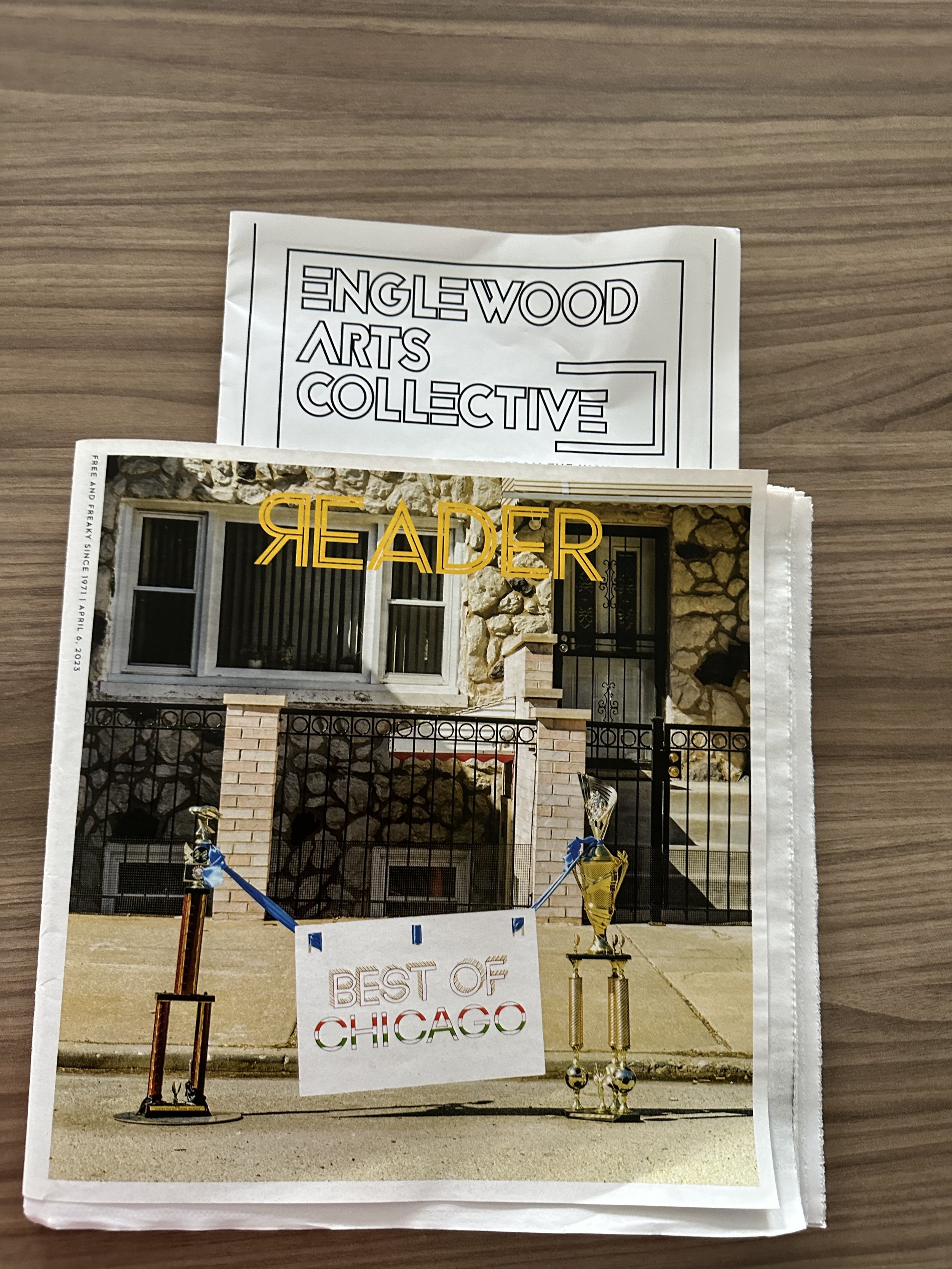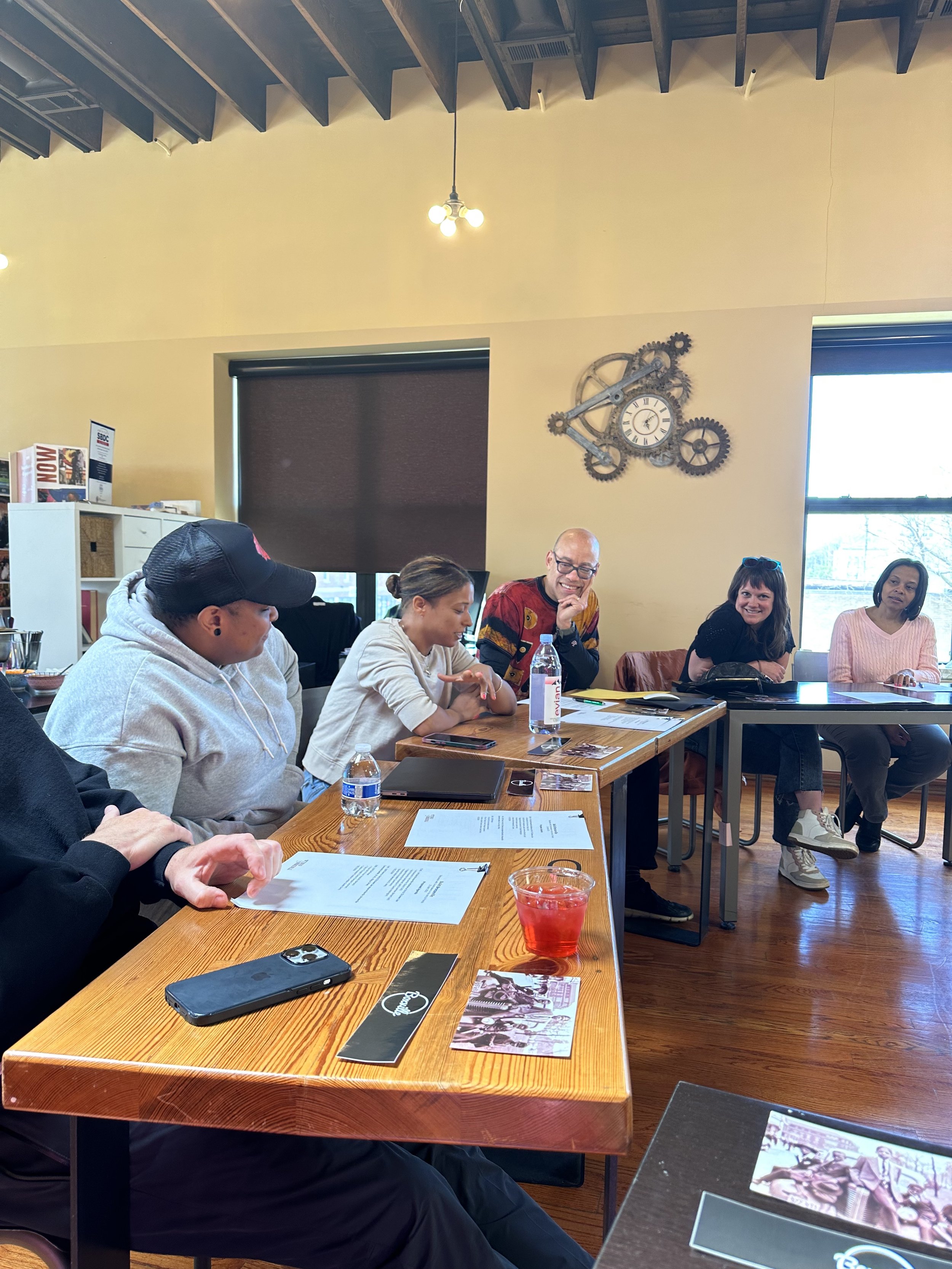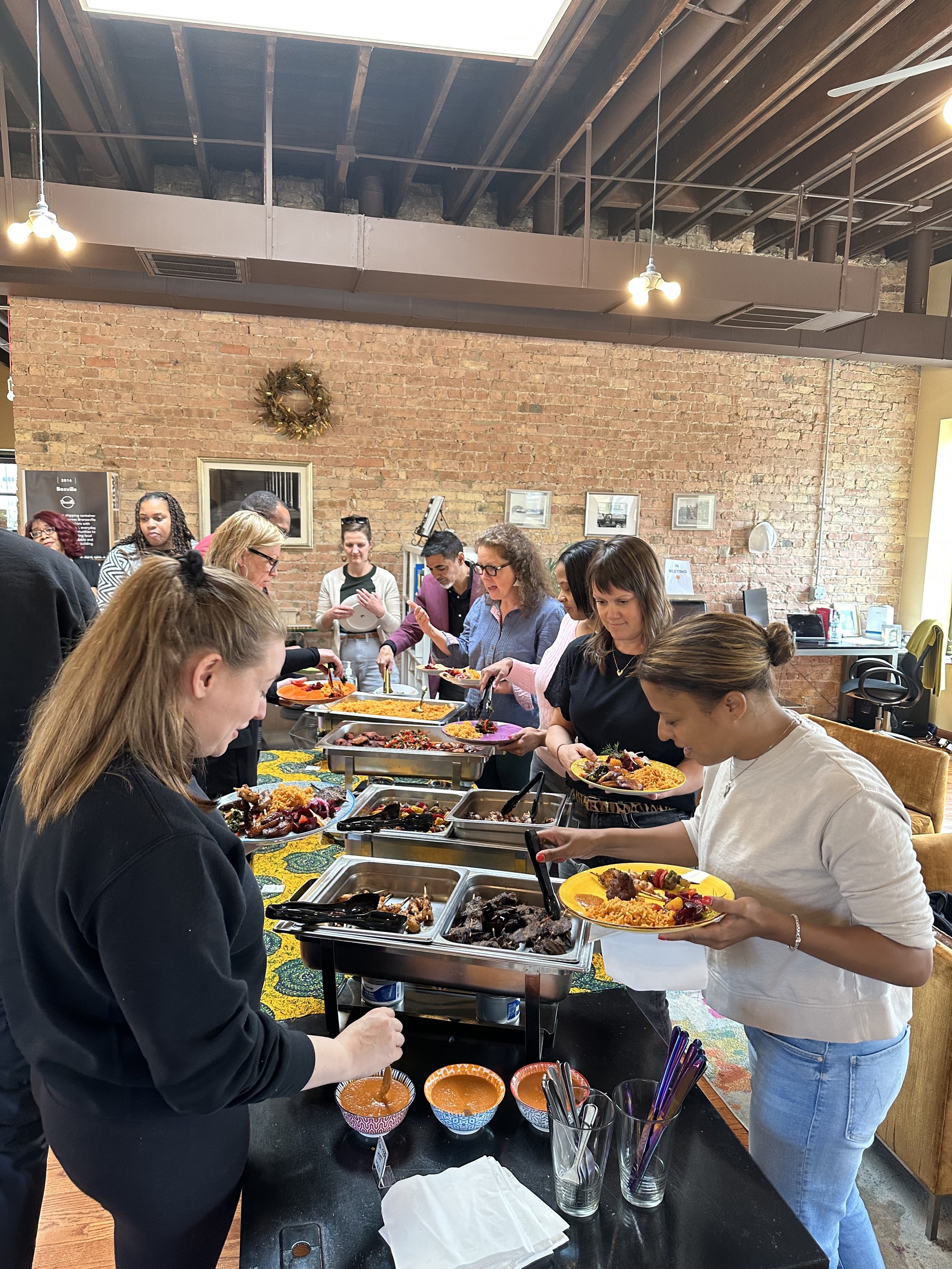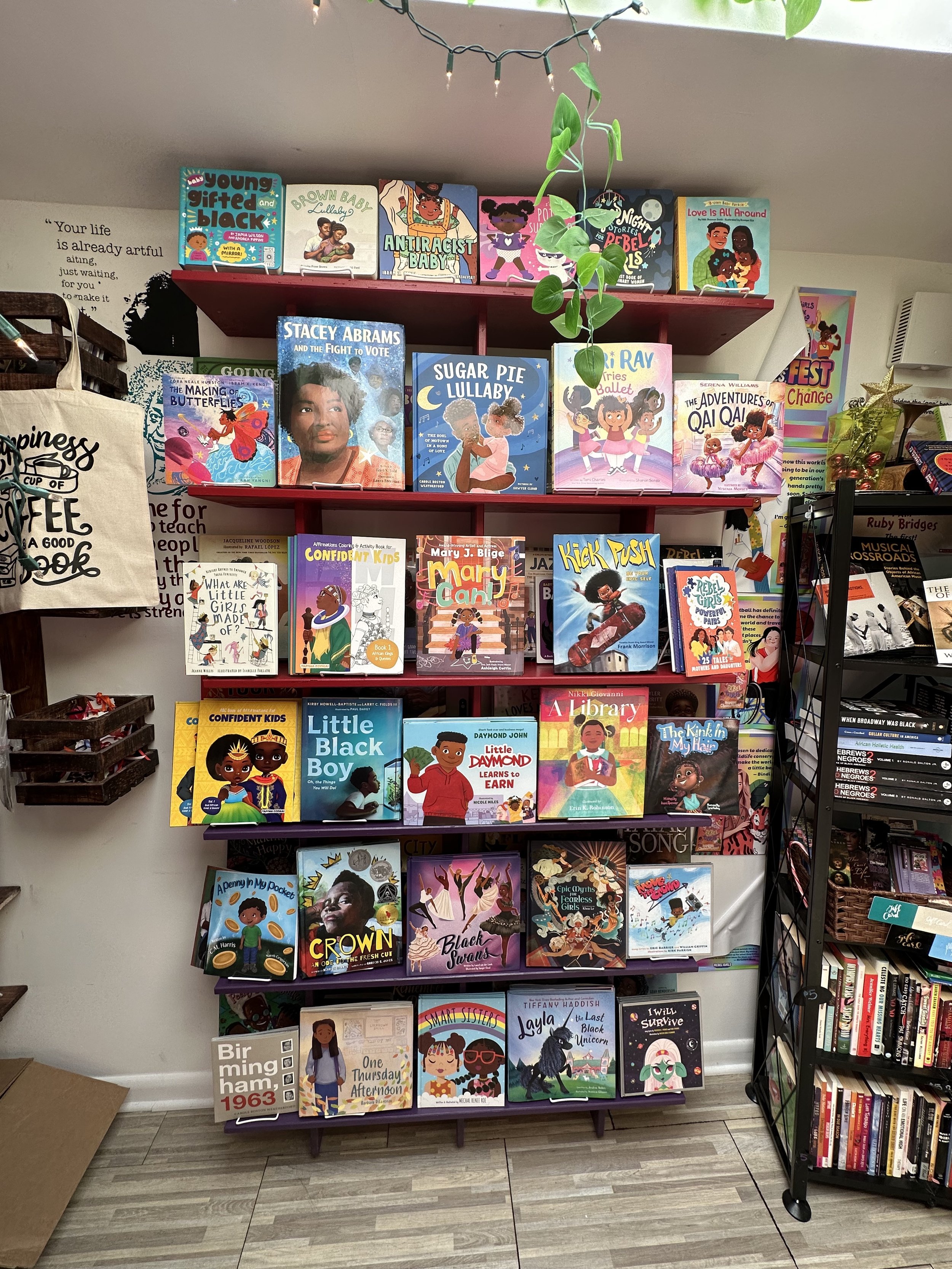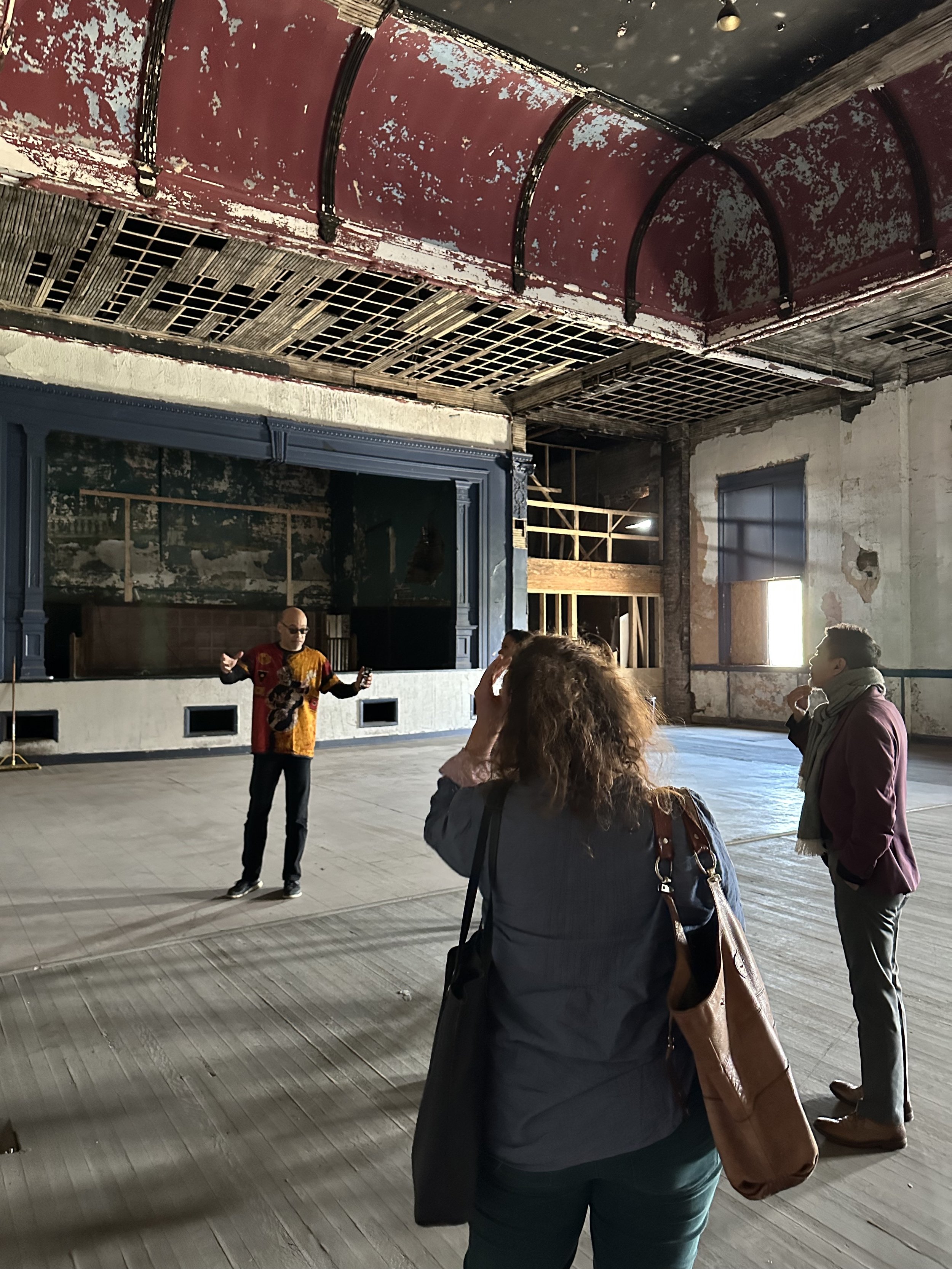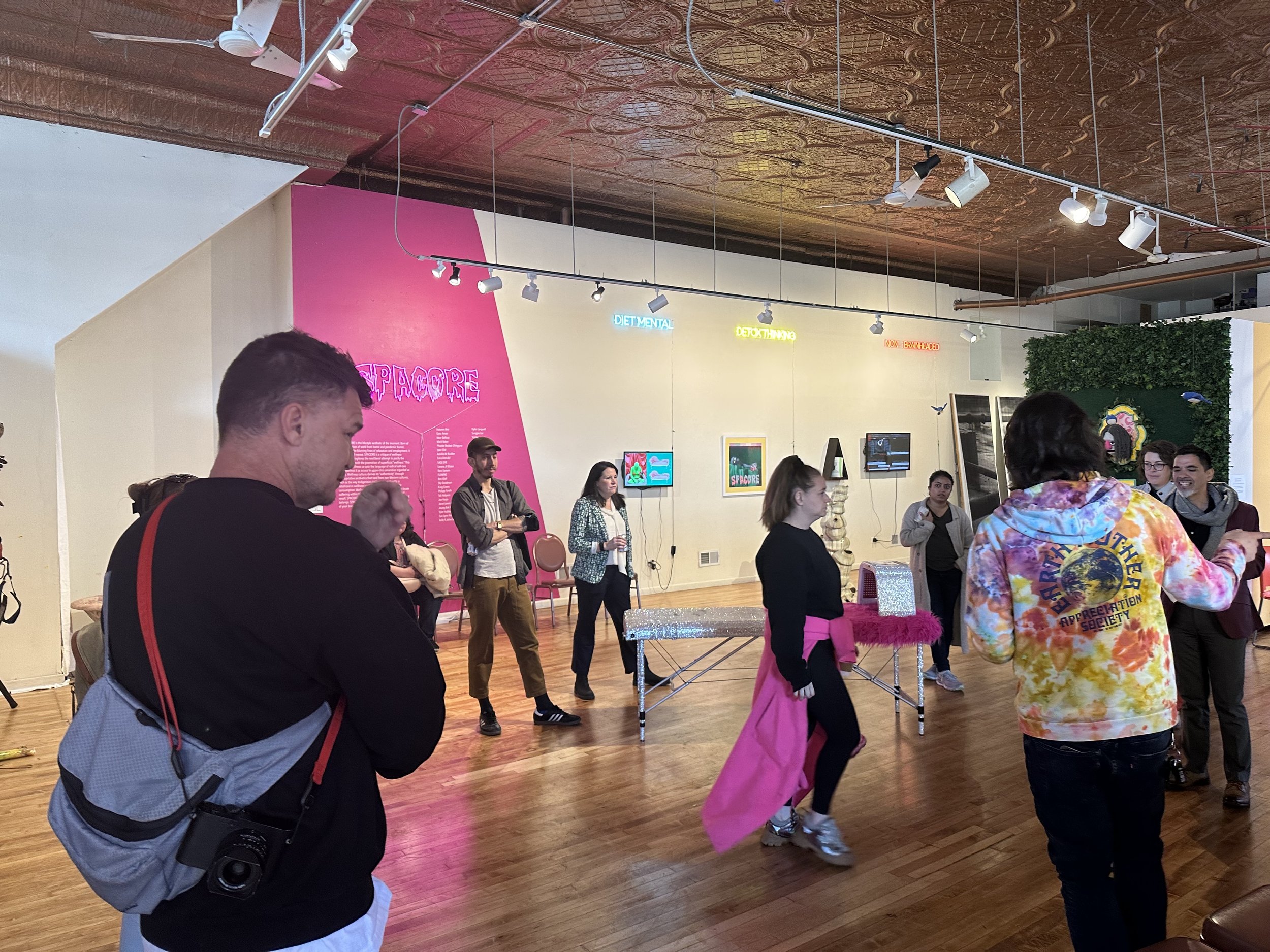Planting Seeds and Building Bridges in the Windy City
Exciting News! We can’t wait to gather in Chicago for the 2024 GIA Annual Conference.
GIA team members Eddie Torres and Jaime Sharp began planting seeds and building bridges in Chicago on April 21, 2023 in preparation for GIA’s 2024 conference.
Below is the Land Acknowledgement created by the American Indian Center of Chicago.
Chicago is part of the traditional homelands of the Council of the Three Fires: the Odawa, Ojibwe, and Potawatomi nations. Many other tribes—such as the Miami, Ho-Chunk, Sac, and Fox—also called this area home. Located at the intersection of several great waterways, the land naturally became a site of travel and healing for many tribes. Today, Chicago is still a place that calls people from diverse backgrounds to live and gather. American Indians continue to live in the region, and Chicago is home to the country’s third-largest urban American Indian community, which still practices its heritage and traditions including care for the land and waterways.
Planting Seeds
GIA is eagerly anticipating our 2024 conference in Chicago! This conference will be a crucial time to reflect upon the field's broader embrace of the Movement for Black Lives, the calls to action during the summer of 2020, and the commitments met and not met since the murder of George Floyd and so many others. This time together will be an important juncture during which our community of practice can examine what has been gained, what has been lost, what has been recovered, and what has been replaced in the arts and culture field and society at large. The GIA conference will provide an opportunity for the arts and culture and funding fields to organize around this call and to strategize our futures.
Chicago is a hub for flourishing innovation built by makers and doers in the arts. With over 77 unique neighborhoods, the city is home to a wide-range of artists and initiatives, many of which utilize their work as a response to the deep roots of segregation in the area. GIA aims to develop a narrative that is inclusionary and reflective of the diverse social ecosystem in Chicago, reconstruct current opinions and ideas many non-Chicagoans may have, and invite the membership to be in potentially-new relation with the extensive group of creative builders, carers, and weavers shaping this city and its connected rural and remote regions.
Thank you to the John D. & Catherine T. MacArthur Foundation for their anchor funding for our 2024 conference in Chicago and for hosting GIA for an initial discussion with Chicago's arts funders.
Building Bridges
Englewood Arts Collective voted 2022 “Best art group or collective” for Chicago Reader
GIA began at the Builders Vision office with hosts and senior program officers Allyson Esposito and Caitlin Caspersen, who led the day’s activities. First was an open discussion with a handful of Chicago arts funders brainstorming ideas about the community, and how GIA can best highlight the thriving arts and culture scene during the 2024 conference.
Following the meeting, the group headed south to Englewood Arts Collective to meet with three co-founders; Pugs Atomz, Janell Nelson, and Tonika Johnson. Recent named Chicago Reader’s “Best art group or collective,” the organization is composed of artists who grew up in the Greater Englewood area. They discussed their work, and challenges in their efforts to develop the art scene in a neighborhood that has been disinvested in for decades. Photographer Tonika Johnson also highlighted her Folded Map project, which investigates urban segregation, redlining, and racism in Chicago.
Urban Juncture founder Bernard Loyd and team in Bronzeville
The third stop was with Urban Juncture, in the historically-Black neighborhood of Bronzeville. Founder Bernard Loyd spoke to the group about his commitment to community development which began in 2003. The group then chatted over an incredible meal provided by Dozzy’s Grill, a local West-African caterer. Loyd’s team featured several of their initiatives under the greater project, Build Bronzeville, an effort to revitalize the neighborhood by centering locally-owned enterprises and events near the Chicago Transit Authority’s Green Line stations at 51st Street and 43rd Street. Among these included Boxville, which the group was able to visit during its off-season. Boxville is “a shipping-container-based enterprise accelerator,” offering Bronzeville residents and visitors access to various products and foods. We then ventured to The Forum on E. 43rd Street. Built in 1897, the space was once home to the heart of Chicago’s Black social and cultural life, hosting musical great’s from Nat ‘King’ Cole to the Jackson 5, as well as union meetings and political speeches. After shutting down in the 1970s due to government and private sector disinvestment, Urban Juncture is working to restore the space.
Founder Ed Marszewski speaking at Public Media Institute’s Co-Prosperity space
The final stop was in Bridgeport, another community in Chicago’s Southside. The group met with members of Chicago’s Public Media Institute (PMI), an ALAANA- and artist-led organization that “showcases emerging and established artists from Chicago and around the world in [a] network of art spaces and partner organizations.” We gathered at their space Co-Prosperity, which serves as a hub for exhibitions, screenings, performances, and installations while simultaneously housing local artists on the second-floor. PMI founder Ed Marszewski spoke about his personal story with Chicago and the organization’s transition to Co-Prosperity in 2006. They host 80+ events per year and also serve as a home to Lumpen Radio (WLPPN 105.5 FM), which broadcasts 24/7 to the Chicagoland Area.
Pictures from our day-long visit are shared below. We look forward to seeing many of you at GIA’s 2024 Conference in Chicago from October 6-9, 2024. Save the dates!




